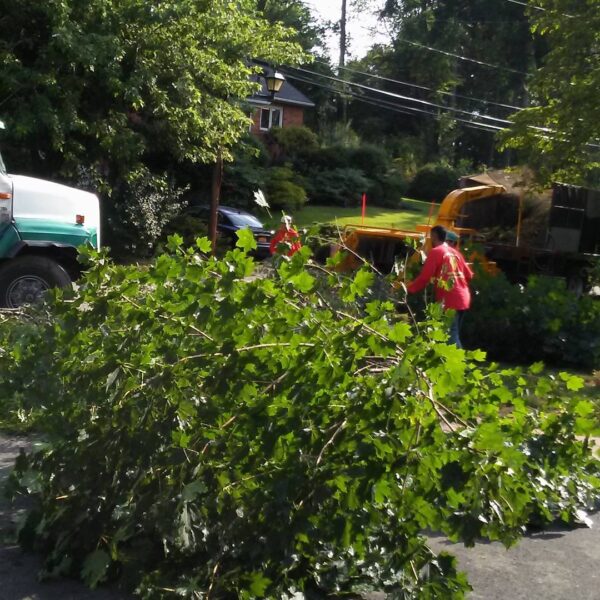Tree Survive Without Branches?

Can a Tree Survive Without Branches Structure ? If you’ve ever wondered, “Can a tree survive without branches?”, you’re not alone. Branches are essential to a tree’s life, as they protect the trunk from damage, store unused food, and support the tree’s meristems. Yet, it’s not clear why branches are so essential. Here are some reasons.
Branches hold the meristems of a tree
The meristems are cells found in the growing tissue of plants. They divide quickly and enlarge to provide the bulk of a plant. Branches, twigs, and trunks all contain meristems. The meristems provide growth in diameter and length. Wood scientists are particularly interested in these cells. There are two types of meristems: lateral meristems and apical meristem.
In Araucarias the axillary
meristems have begun to develop into leaf and bud primordial beneath the stem surface. In Positions 2, 3 and 4, meristems have not yet developed into leaf primordial. At Positions 10, the axillary meristem is a shell zone without leaf primordial.
The apical meristems, which grow from the top of the tree, are the apical meristems. These meristems are located in buds, which contain either leaves or flowers. These bud forms are called mixed buds. Shoot buds, on the other hand, are called leaf buds. Branches with mixed buds and leaves, also known as shoot buds, will eventually grow into the tree’s trunk.
Another interesting aspect
of apical control involves reaction wood formation. In some trees, the branches are able to undergo restraining, which forces them to move sideways, upwards, or down. The bending process then causes the branch to form reaction wood, which bends the branch back to its original position. This phenomenon is caused by change in angle relative to the gravitational force. Branches seem to have a preference position, but what do we know about the mechanism?
Trees also have branches
that are composed of phloem cells. They produce sugars and oils, which grow in the developing root tips. These cells eventually become the tree’s sap and store its nutrients. When a tree grows, it adds another layer of cambium each year, expanding its thickness. Branches also produce annual rings, which can be interpreted by felling and coring the tree.
They store unused food
It’s not uncommon for trees to have several dead branches. The dead branches are like the human skin, and they can attract pests and disease. By eliminating dead branches, you’re giving the tree a chance to rejuvenate itself and focus its energy on healthy branches. This will reduce the possibility of disease and pests. It’s not the end of the world, but it will make it more resilient. Whether you’re wondering how to protect your tree, or just curious about the process, keep reading!
The answer is a resounding
yes! Branches are an essential part of a tree’s life. Without them, it wouldn’t be able to produce the products it needs to thrive. In addition, they serve as vessels that transport food and water from the soil to the leaves and the rest of the tree. In addition, branches are necessary for the tree’s appearance. A healthy tree will be tall and beautiful.
They do not rise with the tree as it grows
Most people think of a tree with large, thick branches covered in pine needles or leaves. While trees without leaves can still thrive, they will not thrive without branches. Without leaves, a tree would be limited in growth and movement. It would also lack the structural support it needs to survive. This is why trees with fewer branches often survive better. Listed below are some of the ways that a tree can survive without its branches.
First, a tree needs branches
to grow and mature. The branches hold the meristems, the center of intense activity. They catalyze growth and are the location where new cells are generated. Branches can also spread outward as a tree grows. Trees cannot produce new cells in a continuous way like human beings do. Since a tree produces cells only in certain areas, it may be impossible for a tree to grow if it doesn’t have branches.
Besides preventing
the tree from growing, dead branches also allow diseases and pests to invade it. Just like humans, trees have a protective layer of bark on their bodies. Exposed bark is a breeding ground for pathogens and insects. By removing dead branches, a tree is given a chance to regenerate. By directing the nutrients to healthy branches, it also makes itself less susceptible to diseases and pests.
First, you need to identify
the cause of the dead branch. Depending on where the branch was ripped off, it might be impossible to tell whether it’s live or dead. A tree with a half-inch diameter or smaller will not produce enough foliage to sustain it. If the branch is larger than half the size, it’s unlikely to heal, leaving it susceptible to diseases and pests. So, if your tree has a broken branch, you’d better prune it back to the main branches.
They protect the trunk
The xylem and phloem of a tree are made of dead thick cells and are used for water and mineral transportation. Young trees have thin bark and should be protected from deer and other animals. In Central Texas, “the rut” occurs between October and February, when bucks use their antlers to mark their territory. This behavior can damage the bark of young trees, which are often prone to diseases and pests.
To protect the trunk of a tree
install the appropriate protective material around it. You can also use 2×4 lumber, which can be placed vertically around the trunk. Make sure to use strapping to hold the pieces securely to the trunk. It is important to protect the tree’s trunk during construction, as it can suffer significant physical and mechanical damage from vehicles and equipment. If you’re installing the shield around the tree trunk, you can also use it to protect large limbs during construction.
Moreover, tree guards
are essential in protecting young trees from damage. Trees owe their vigor to their vascular system, and if this system is damaged, they’ll suffer from a decline in health. Fortunately, tree care accessories make it easy to protect the trunk of a tree. You can wrap the trunk with a protective cylinder, which is maintenance-free and reusable.
The bark on the southwest
side of a tree’s trunk is especially susceptible to cracks. The sun’s rays cause the cells underneath the bark to activate. Later, when these cells freeze, they rupture. To prevent this, wrap the trunk with Kraft paper or white plastic tree guards for at least two winters. The white plastic will reflect the sunlight and prevent cracks. A tree may also suffer from sun scald, which can damage the trunk.
